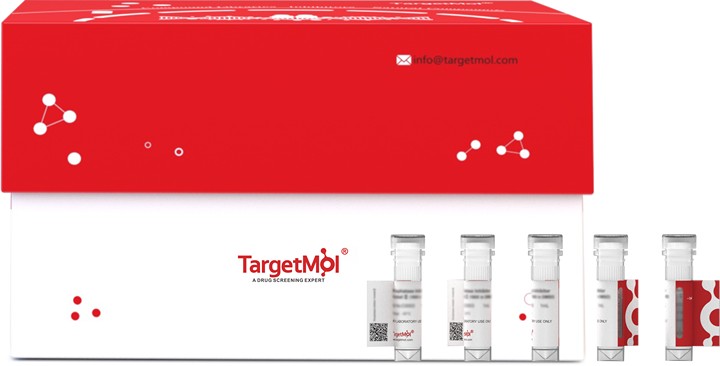Shopping Cart
Remove All Your shopping cart is currently empty
Your shopping cart is currently empty
VEGF164 Protein, Mouse, Recombinant (E. coli) is expressed in E. coli. The accession number is Q00731-2.

| Pack Size | Price | USA Warehouse | Global Warehouse | Quantity |
|---|---|---|---|---|
| 5 μg | $117 | 7-10 days | 7-10 days | |
| 10 μg | $192 | 7-10 days | 7-10 days | |
| 20 μg | $273 | 7-10 days | 7-10 days | |
| 50 μg | $438 | 7-10 days | 7-10 days | |
| 100 μg | $686 | 7-10 days | 7-10 days | |
| 200 μg | $1,120 | 7-10 days | 7-10 days | |
| 500 μg | $2,080 | 7-10 days | 7-10 days | |
| 1 mg | $3,390 | 7-10 days | 7-10 days |
| Biological Activity | The ED 50 < 5.0 ng/ml, measured by a cell proliferation assay using HUVEC Cells, corresponding to a specific activity of > 2.0 × 10 5 units/mg. |
| Description | VEGF164 Protein, Mouse, Recombinant (E. coli) is expressed in E. coli. The accession number is Q00731-2. |
| Species | Mouse |
| Expression System | E. coli |
| Tag | Tag Free |
| Accession Number | Q00731-2 |
| Synonyms | VPF,VEGF-164,Vascular Permeability Factor,Glioma-derived endothelial cell mitogen,Folliculostellate cell-derived growth factor |
| Construction | Ala27-Arg190 |
| Protein Purity | > 98% as determined by SDS-PAGE |
| Molecular Weight | ~19.4 kDa (Reducing conditions) |
| Endotoxin | < 0.2 EU/μg of protein as determined by the LAL method. |
| Formulation | Lyophilized from a 0.2 μm filtered solution in PBS. |
| Reconstitution | Reconstitute the lyophilized protein in sterile deionized water. The product concentration should not be less than 100 μg/ml. Before opening, centrifuge the tube to collect powder at the bottom. After adding the reconstitution buffer, avoid vortexing or pipetting for mixing. |
| Stability & Storage | Upon receiving, this product remains stable for up to 6 months at lower than -70°C. Upon reconstitution, the product should be stable for up to 1 week at 4°C or up to 3 months at -20°C. For long term storage it is recommended that a carrier protein (example 0.1% BSA) be added. Avoid repeated freeze-thaw cycles. |
| Shipping | In general, Lyophilized powders are shipping with blue ice. Solutions are shipping with dry ice. |
| Research Background | Vascular Endothelial Growth Factor (VEGF) was initially purified from media conditioned by normal bovine pituitary folliculo-stellate cells and by a variety of transformed cell lines as a mitogen specific for vascular endothelial cells. It was subsequently found to be identical to an independently discovered vascular permeability factor (VPF), which was previously identified in media conditioned by tumor cell lines based on its ability to increase the permeability of capillary blood vessels. Three mouse cDNA clones, which arise through alternative splicing and which encode mature mouse monomeric VEGF having 120, 164, or 188, amino acids, respectively, have been identified. Two receptor tyrosine kinases (RTKs), Flt-1 and Flk-1 (the mouse homologue of human KDR), both members of the type III subclass of RTKs containing seven immunoglobulin-like repeats in their extracellular domains, have been shown to bind VEGF with high affinity. The roles of the homodimers of KDR, Flt, and the heterodimer of KDR/Flt in VEGF signal transduction remain to be elucidated. In vivo, VEGF has been found to be a potent angiogenesis inducer. |
| Size | Quantity | Unit Price | Amount | Operation |
|---|

Copyright © 2015-2025 TargetMol Chemicals Inc. All Rights Reserved.